Has Cardioid Pattern
Shure SM58 has the cardioid polar pattern, mics that use this pattern have a wide on-axis reception area and maximum rejection at 180° off-axis. This means that this pattern is more directional and sensitive to the front of the microphone in the on-axis position, with a decrease in sensitivity towards the sides and a zero point in the rear of the mic.
Both Shure MV7 and Shure SM58 use the cardioid polar pattern, a 1:1 combination of the Omnidirectional and Bidirectional. The combination creates a heart-like (cardio) pattern when plotted on a 360-degree sphere.
Lowest Frequency
Shure MV7
20Hz
Shure SM58 50Hz
Shure SM58 has its lowest frequency at 50Hz, a microphone that can pick a low frequency below 40Hz is best for snares, and toms, or if you're looking for a bass drum mic.
Shure MV7's lowest frequency is at 20Hz, this means that
Shure MV7 got a lower frequency than the Shure SM58
Highest Frequency
Shure MV7
20,000Hz
Shure SM58 15,000Hz
The Shure SM58's upper limiting frequency is 15,000Hz, which implies that sounds at a frequency above 15,000Hz will not be recorded. In a perfect world, a microphone's frequency response should be a one-to-one reproduction, in reality, some vibrations are lost during the process and some of the info never makes it to the output recording.
Shure MV7's highest frequency is at 20,000Hz, this implies that
Shure MV7 got a higher frequency than the Shure SM58
Microphone Sensitivity
Shure MV7
1.8mV/Pa
Shure SM58 1.6mV/Pa
Shure SM58's sensitivity is measured at 1.6mV/Pa, this tells you what the electrical output of a microphone will be for a given acoustic input. The higher the number, the more sensitive the microphone is.
The Shure MV7's sensitivity is 1.8mV/Pa, which means that
Shure MV7 got a higher sensitivity meaning it "picks up" quieter sounds than Shure SM58,
microphone sensitivity is a measurement of it's efficiency as a transducer i.e. how well it converts mechanical energy to electrical voltage.
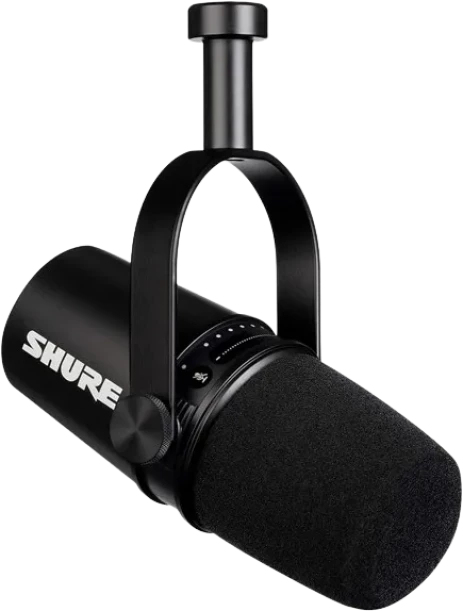
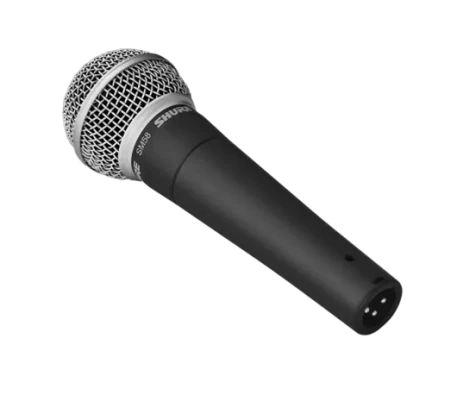
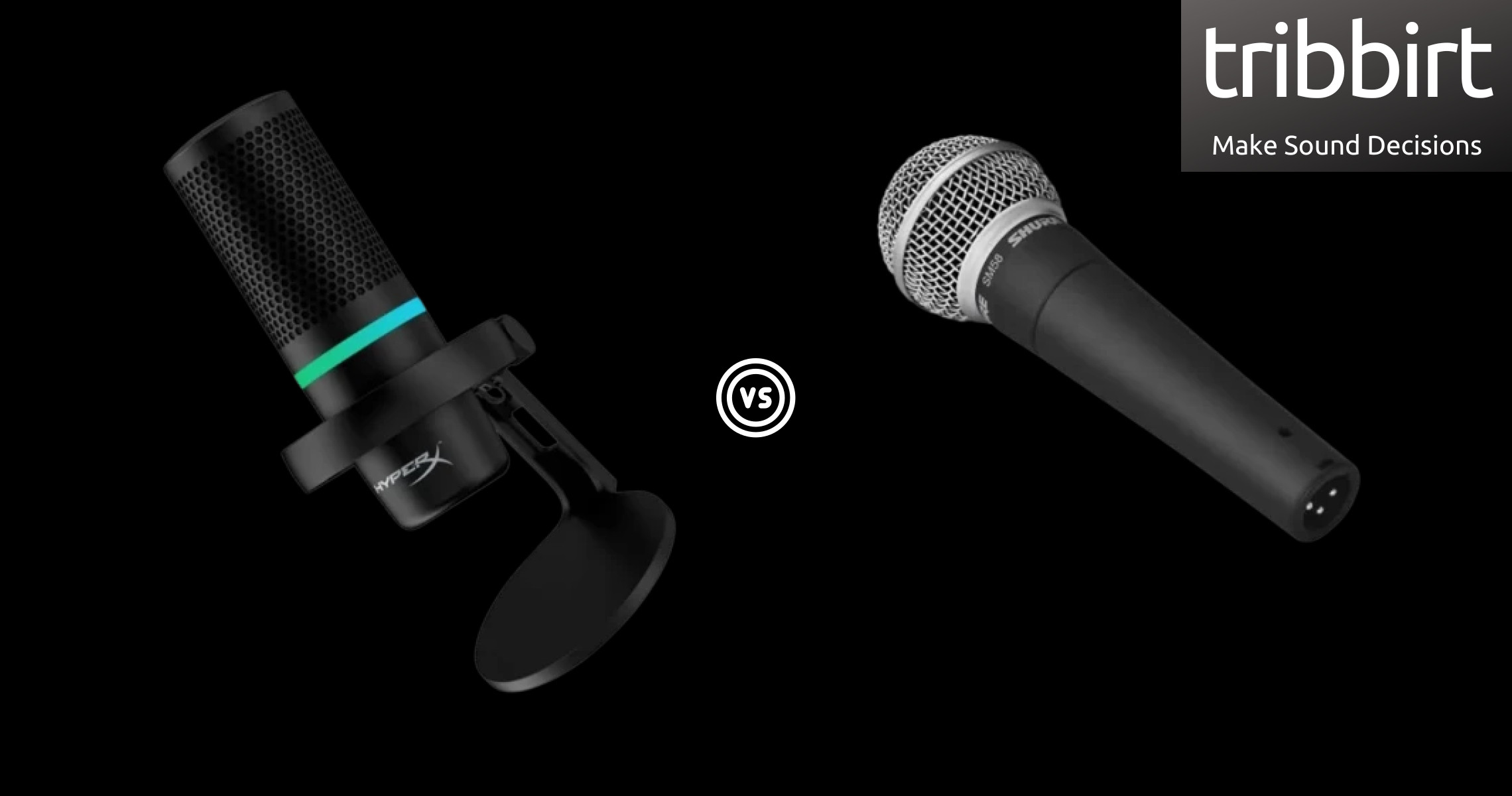
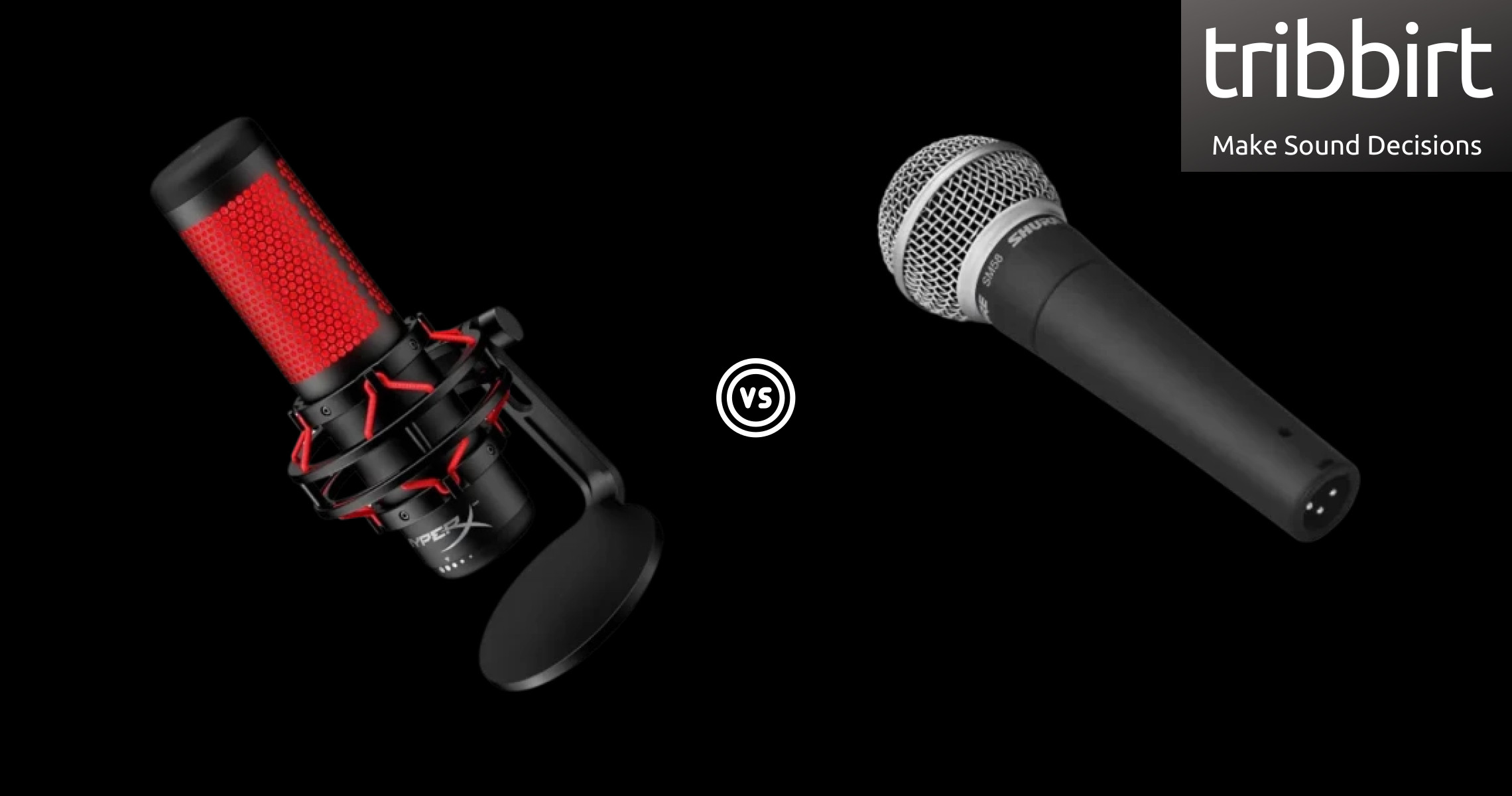


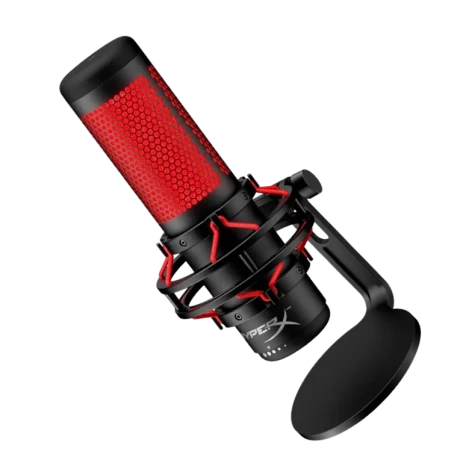 Hyperx Quadcast Vs. Shure Sm58 Review
Hyperx Quadcast Vs. Shure Sm58 Review